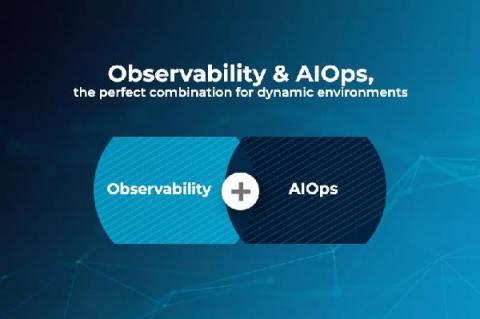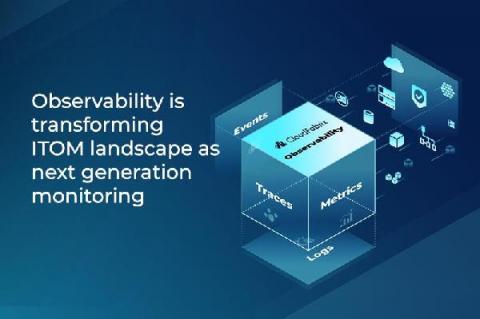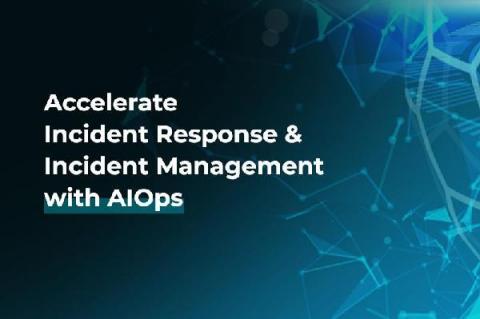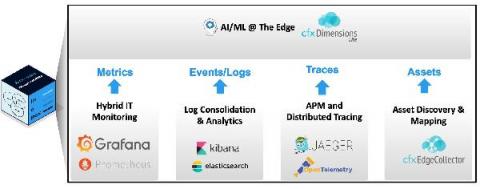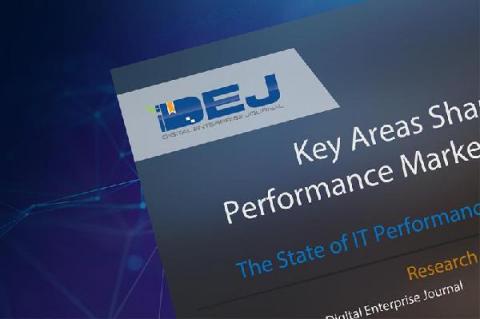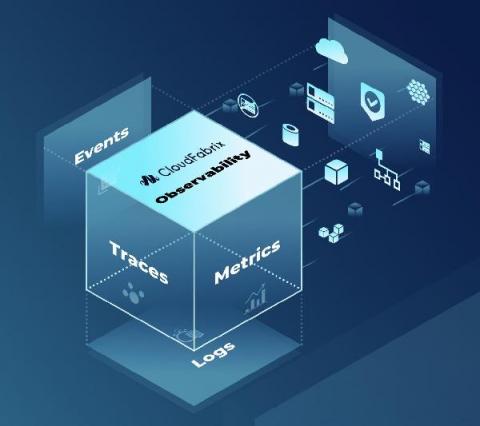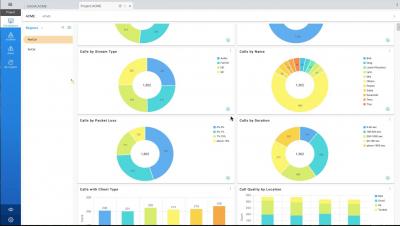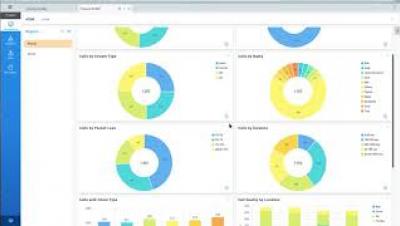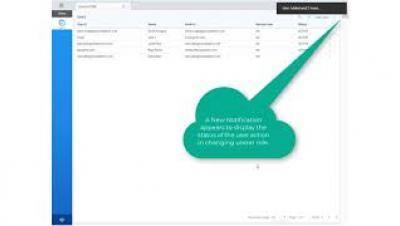Security | Threat Detection | Cyberattacks | DevSecOps | Compliance
CloudFabrix
Observability is transforming ITOM landscape as next generation monitoring
Accelerate Incident Response and Incident Management with AIOps. 5 Key Benefits in Cisco Environments
Artificial Intelligence for ITOps (AIOps) can help accelerate incident response with all the incident context, impact assessment, triage data and collaboration & automation tools at one place.
Doing AIOps Right: Addressing Monitoring Gaps with Observability-in-a-Box
Are your current expensive, traditional or legacy monitoring tool implementations holding you back? It may be time to look into Observability architectures.
CloudFabrix featured in "Top 20 vendors shaping IT Performance" by Digital Enterprise Journal (DEJ)
Emerging digital IT paradigm shifts like Hybrid IT, Multi-Cloud, Microservices & Containerization, Serverless, Software Defined Datacenter etc. are creating compelling new opportunities for IT leaders. However, these same paradigm shifts have also led to a drastic increase in monitored assets, numerous operational tools, and exponential growth of operational data.
CloudFabrix announces Observability-in-a-Box with Edge AI Capabilities to simplify and accelerate AIOps deployments
CloudFabrix is enhancing its AIOps platform with native Observability and AI at the edge capabilities to bridge the gap between Observability and AIOps solutions. Enterprises are struggling with unifying multitude of expensive monitoring deployments as well as gaps in observability, specifically for modern application architectures that include usage of microservices, containers and Kubernetes.


